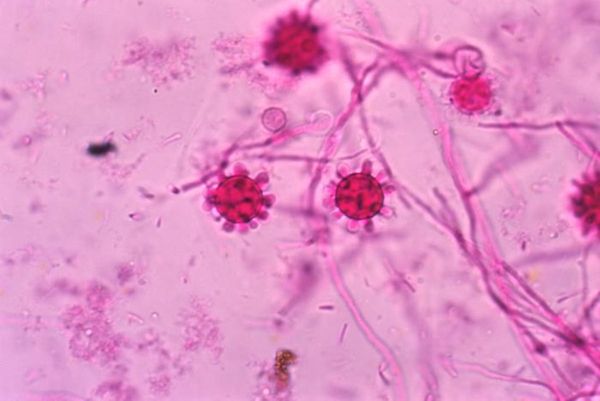Scientists from the Indian Institute of Astrophysics (IIA) have proposed a new metric, which can help quantify image quality of the Sun taken from ground-based telescopes.
According to the Ministry of Science and Technology, dynamic events like flares, prominences, and coronal mass ejections taking place on the surface of the Sun have made the solar body the focus of interest of astronomers.
“Being the closest star, it can be studied in great detail, and properties of other stars may be extrapolated by the understanding of the Sun. To resolve even the smallest features in greater detail, large telescopes are built,” said the Ministry of Science and Technology.

However there is a major disadvantage when the telescopes are on the ground. “The light from the Sun passes through the Earth’s atmosphere, which is not a homogenous medium. There are random temperature fluctuations that lead to refractive index fluctuations. This causes the light to bend randomly and can be observed as the variation of intensity (scintillation/twinkling) and position of the image on the detector. One way to overcome this is to use an adaptive optics (AO) system to measure and correct for the distortions introduced by the atmosphere in real time,” the Ministry said.
It further added that the quality of the images obtained from ground-based telescopes cannot be quantified with the Strehl ratio or other metrics used directly for nighttime astronomical telescopes.
To overcome this, scientists from IIA have proposed to use a novel metric called the root mean square (rms) granulation contrast to quantify the image quality of ground-based solar telescopes.
Using theories that can be used to explain the turbulence introduced by the atmosphere, scientists Saraswathi Kalyani Subramanian and Sridharan Rengaswamy performed simulations of how an image would look when there is no atmospheric turbulence (ideal case) and compared to the image when there is an atmosphere (perturbed image) and when AO correction is done.
“Comparing the results of the idealistic simulations to practical systems, they computed an efficiency factor deriving an efficiency of about 40 to 55% for Strehl ratio and about 50% as a lower bound for contrast. Their results will be useful in characterising the performance of any solar telescope and associated AO system,” the Ministry said.







